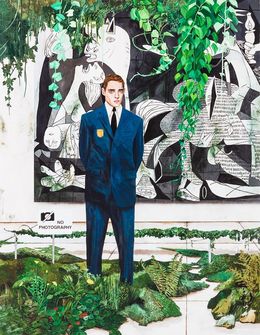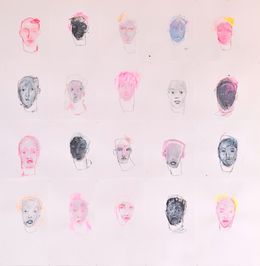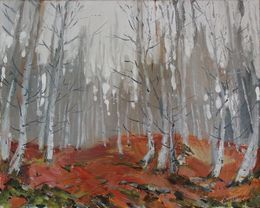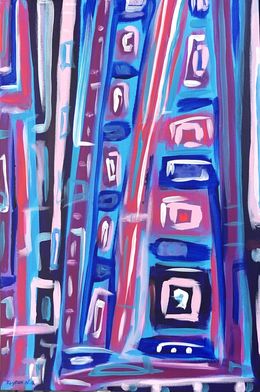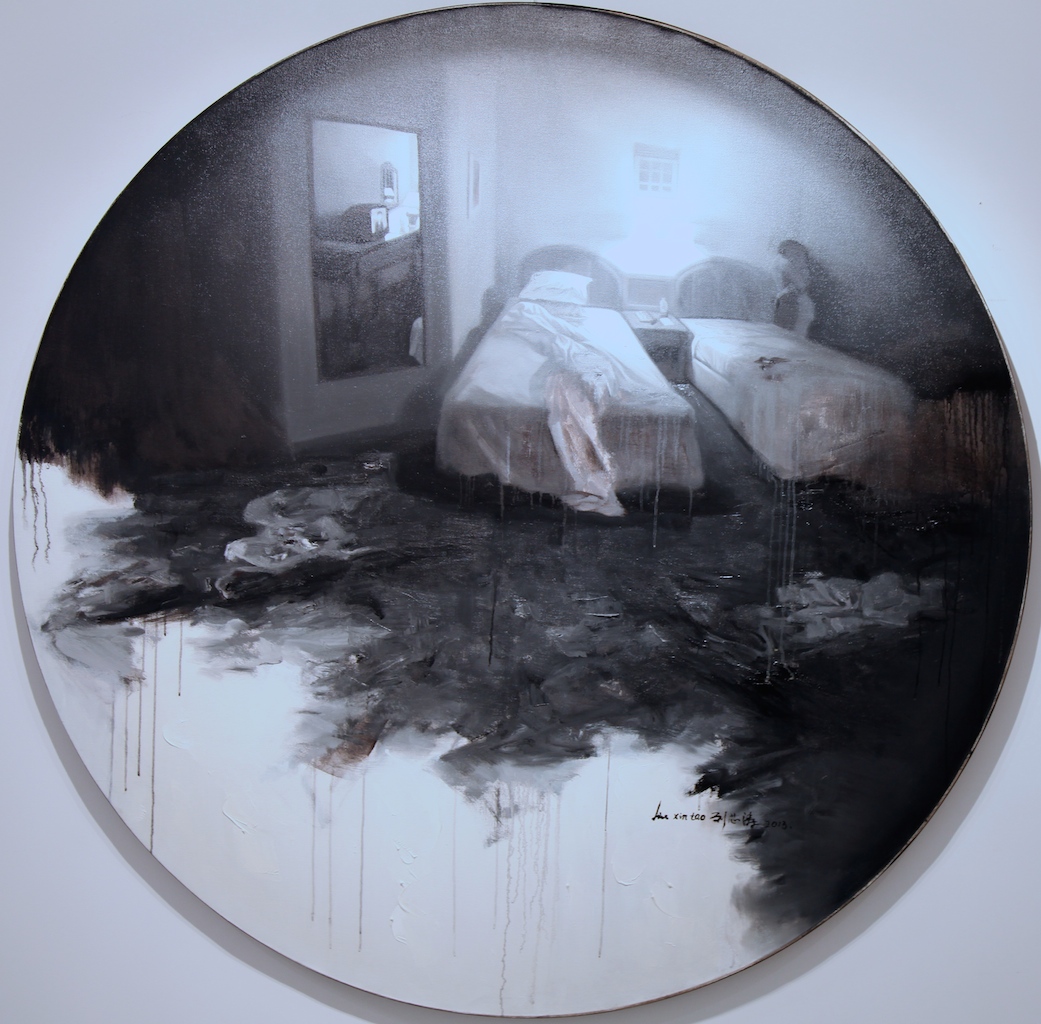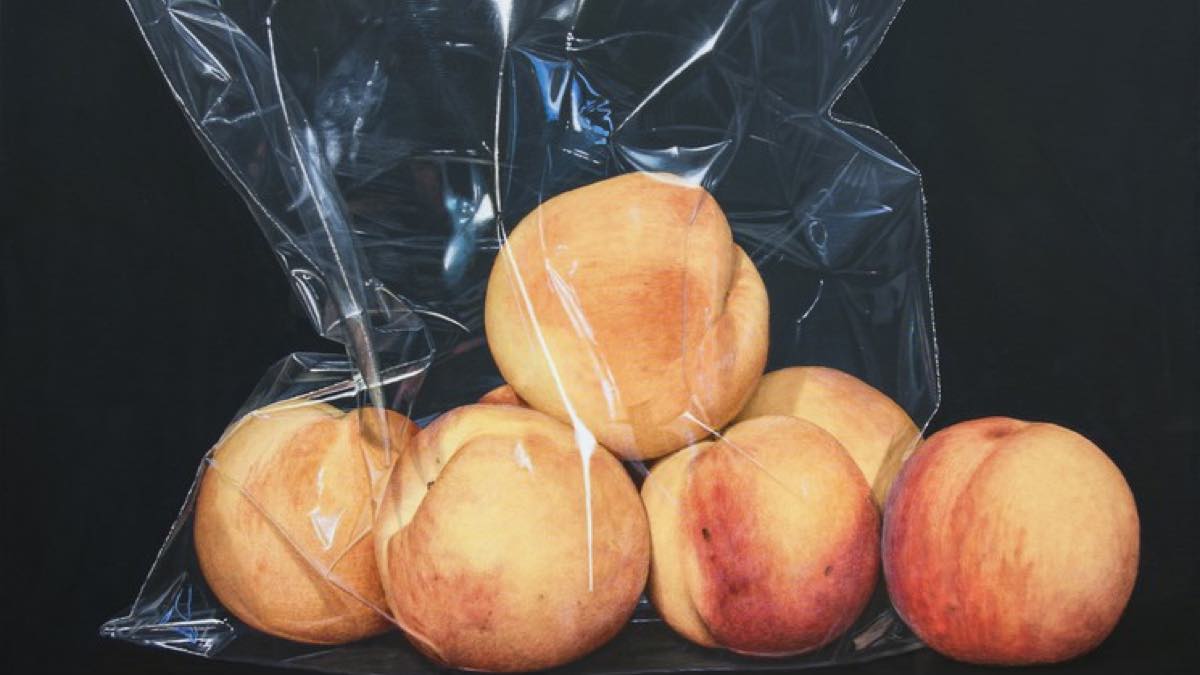
4 Key Points for Understanding the Chinese Art Market
Chinese artists present a myriad of different styles. Using a vast array of techniques, inspired from their millenary culture as well as the newest technologies, Chinese artists unveil the complexity of a transitioning society. Propelled to the center of attention of the international art scene thanks to the support of both local collectors and the Chinese government, Chinese contemporary art is the hottest thing to collect right now! Artsper explores the extraordinary upswing of the art of the Middle Kingdom.
{1. THE EXPLOSION OF THE CHINESE MARKET}

Jiji Jiji, Girl Panda, 2012, Courtesy of Gérard Seiwert Gallery
Let’s just take a look at the history of the modern and contemporary Chinese art market, so we can identify the latest trends in 2015. In 2000, China had less than 1% global art market share; in 2014, it was positioned after the United Stated. In the period between 2000 and 2014, sales growth of Chinese art reached 150%. More than 17 Chinese artists are in the list of the 50 top most priced artists in the world in 2014-2015. Likewise, their sales figures at auction represented 21% of the world sales with 542m$, and the number of Chinese collectors is growing by 20% annually, proving that it’s not a temporary trend. This telling figures bear witness to China’s ambition of becoming leading actor in the art market over the course of a decade.
{2. WHY SUCH A FUSS ABOUT CHINESE ART?}
Han Qin, Love, 2015, Courtesy of Galerie Double S
Today, contemporary Chinese art is extremely sought-after by collectors. Numerous reasons explain this sudden rise of interest in Chinese art. In addition to the undeniable quality of the artistic production ironically inspired by the censorship it endures, the support of local collectors is key to understand the Chinese art market situation today. However, if Chinese art attractiveness is so high today, it is explained by the economic flourishing that the country is witnessing. The tie which links the attractiveness of the artistic production of a country to its economical situation is indeed a constant in art history, as monetary flows allow room for the development of cultural poles and international exposure. China follows this trajectory, with the addition of a very strong governmental support. Indeed, reforms have been initiated in regard with fiscal and export rules, which have helped boost the art market. Today, and since 15 years, the Chinese market is divided between two major centers: A Western-oriented market in Hong-Kong, controlled by regional headquarters of the leading auction houses and galleries, and a local market in China, controlled by Poly Auction and China Guardian, two major Chinese auction houses based in Beijing. The development of the continental Chinese market is impressive, as these China-based auctions reach records that are close to those of Christie’s and Sotheby’s without even offering masterpieces of Western art.
{3. A HISTORICAL LEGITIMACY}

Li Wei, Bright Apex – 75-04 , 2007, Courtesy of Dock Sud
Chinese art have historically expanded under censor framework of the Communist Party. This monitored environment did not allow the emergence of new artistic movements. It was later in the 70s that new experimental artistic forms emerged thanks to the ideological reform of Deng Xiaoping. Thereafter, exiled artists (Cai Cuogang, Chen Zhen, Gu Wenda, Xu Bing) appropriated the occidental techniques of expression and freed themselves from the burden of socialist realism. It is however important to distinguish between this new Chinese expression and modern art as acknowledged in the Western world. The very aim of the blaze-trailers’ work was to get rid of the political dimension that underlined most of Chinese art until then. The expression of Chinese artists then did not reject the iconography and symbols of the past. This attitude still valid now: a number of contemporary artists such as Cui Ruzhuo are famous for their ink paintings, while others use religious symbols in the continuity of their communist predecessors.
{4. A BATTLE ON DIFFERENT FRONTS}
Liu Xin Tao, Chambre #2 , 2013, Courtesy of Galerie LOFT
Chinese artists are extremely critical towards their government. Their artworks reverberate the profound transfigurations of a country that evolves at different paces, and explore questions of identity, social transition and ecology. The complicated relationship between the countryside and the city is also a recurrent theme (whereas it was explored in Western art during the impressionist period). However, asserting that the very goal of contemporary Chinese art is to rise up against the political system is simplistic. Chinese artists are in fact battling the Maoist heritage while preserving simultaneously their millenary civilization from being overlooked by capitalism. In this sense, the change of paradigm was swift among contemporary Chinese artists. While modern artists welcomed capitalism as a freeing blast, the contemporary rose to the double challenge of battling two opposed ideologies.
Today, contemporary Chinese art is helping the country establish itself as a major actor in the international cultural scene. However, its biggest success is to influence the occidental view of Chinese art and demonstrate that China is no uniform area. Chinese contemporary art has succeeded to raise to the rank of a legitimate and diverse art which narrates, just like its Western fellow, the troubles of the human condition, its dreams, its glory, its smallness.

About Artsper
Founded in 2013, Artsper is an online marketplace for contemporary art. Partnering with 1,800 professional art galleries around the world, it makes discovering and acquiring art accessible to all.
Learn more



